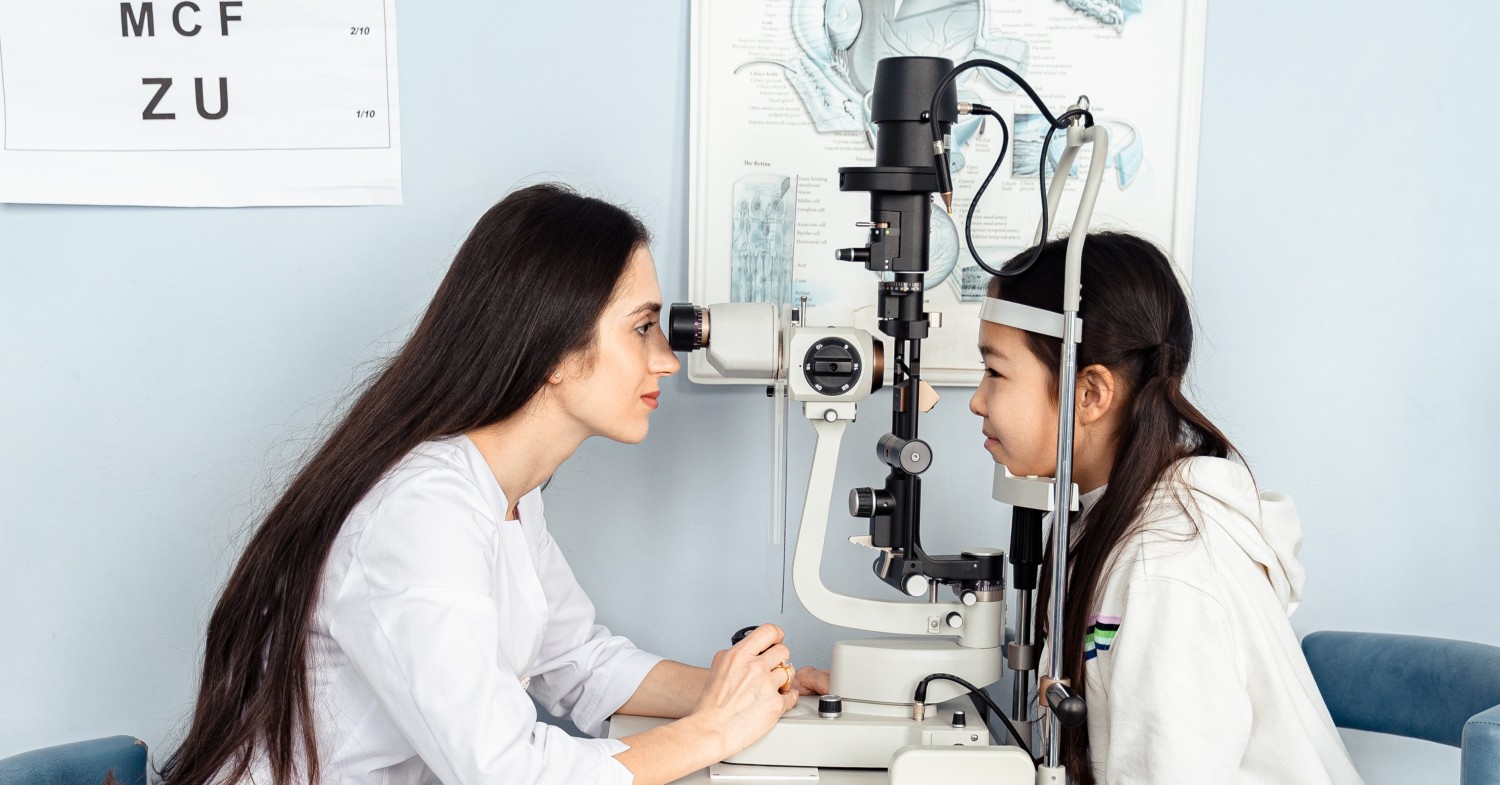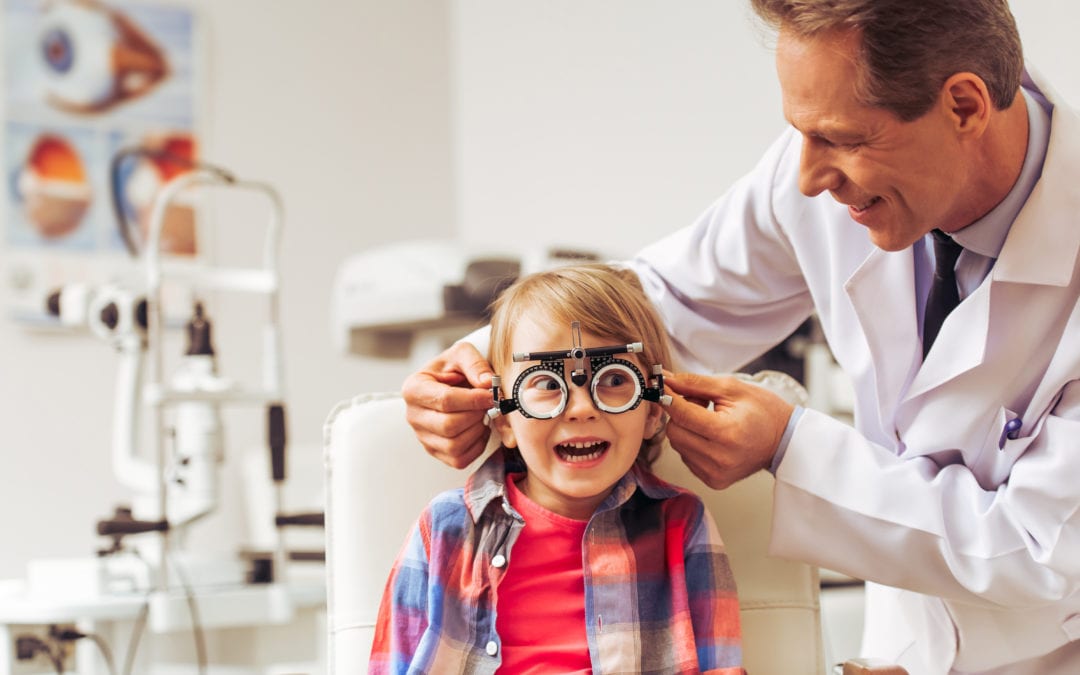Compassionate Eye Doctor: Professional Care for Riverside Citizens
Compassionate Eye Doctor: Professional Care for Riverside Citizens
Blog Article
The Comprehensive Eye Exam: What to Expect Throughout Your Visit to the Eye Physician
A check out to the eye physician for a thorough eye exam is more than a regular check-up; it is an essential step in safeguarding your aesthetic health and wellness. What precisely occurs during the eye health and wellness analysis, and exactly how does it affect the prescription procedure?
First Examination
The first examination during an eye test acts as an essential structure for understanding a person's visual health and wellness demands. This phase sets the tone for the entire assessment process, permitting the eye doctor to collect crucial info about the patient's case history, way of living, and particular vision issues. By carefully evaluating any kind of pre-existing conditions, medications, or previous surgeries, the eye care expert can tailor the evaluation to resolve specific demands successfully.

Furthermore, the initial appointment is an opportunity for clients to voice any concerns or concerns, fostering a collaborative partnership with their healthcare service provider. This communication not just makes certain that the person feels educated and comfortable yet likewise empowers them to get involved actively in their eye health administration. Jointly, these discussions enable the optometrist to design a customized examination strategy, making sure optimum care and specific medical diagnosis.
Aesthetic Acuity Test
Beginning the core components of an eye assessment, the aesthetic acuity examination is designed to assess the intensity and clearness of an individual's vision. This essential evaluation aids establish just how well an individual can determine letters or symbols at a standard distance, normally making use of a Snellen chart (Eye Doctor). The chart comprises rows of letters that lower in size from top to base, with the individual positioned at a customary range of 20 feet
During the examination, the patient is asked to cover one eye and review out loud the tiniest line of letters they can see clearly. This process is duplicated for the various other eye. The results are taped as a portion, with 20/20 vision showing typical visual acuity-- where the person can see at 20 feet what a person with normal vision can see at that distance.
The aesthetic acuity examination additionally determines potential refractive mistakes such as nearsightedness, astigmatism, or hyperopia, which could necessitate rehabilitative lenses. By developing a standard of visual efficiency, the examination is an indispensable analysis tool that helps the eye treatment professional in creating a proper therapy strategy tailored to the individual's special visual needs.
Eye Health Assessment
Complying with the visual skill test, an extensive eye health analysis is performed to make sure the overall well-being of the eyes. This crucial section of the eye exam involves a thorough analysis of both the outside and internal frameworks of the eye. The ophthalmologist or eye doctor begins by analyzing the eyelids, cornea, conjunctiva, and sclera for any kind of indications of infection, inflammation, or problems. Making use of specific devices like a slit lamp, the practitioner gets an amplified sight of the eye's anatomy, allowing detailed assessment.
Following, attention shifts to the interior structures. Through the usage of ophthalmoscopy or fundus photography, the retina, optic nerve, and investigate this site blood vessels are carefully evaluated. This action is vital for identifying conditions such as retinal detachment, glaucoma, or diabetic person retinopathy. In lots of situations, pupil extension is performed to improve presence of the interior eye frameworks, although this might result in short-lived light level of sensitivity for the person.
In addition, intraocular stress is measured to screen for glaucoma danger. This is typically done get redirected here using tonometry, which can find elevated stress degrees that may suggest possible damage to the optic nerve. Collectively, these analyses create a detailed evaluation to keep ocular wellness.
Refraction and Prescription
Refraction is an advanced procedure conducted by eye care specialists to determine the specific lens power required to remedy refractive errors such as nearsightedness, presbyopia, astigmatism, and hyperopia. The goal of this procedure is to evaluate exactly how light bends as it passes through the eye, enabling the specialist to establish whether corrective lenses are needed for improved visual acuity.
During the refraction procedure, the client is asked to browse a phoropter, a device which contains numerous lenses. The specialist will methodically change these lenses and ask the individual to contrast quality in between alternatives until the most effective feasible vision is attained. This treatment is essential in crafting a precise prescription that defines the appropriate lens power for eyeglasses or contact lenses.
The prescription stemmed from this procedure not only maximizes vision yet also functions as a structure for picking suitable corrective glasses. It is vital to guarantee that prescriptions are routinely updated, as adjustments in vision can occur in time, highlighting the importance of routine eye examinations. This meticulous attention to information assists maintain clear, comfortable vision in everyday life.
Follow-Up Referrals

Throughout a follow-up browse through, the eye doctor will certainly conduct a collection of tests to evaluate visual acuity and check for any adjustments in vision that might necessitate an upgrade to the prescription. Furthermore, the follow-up gives an opportunity to discuss any type of pain or concerns experienced with existing glasses. Changes can be made to make certain convenience and efficacy, whether through lens alteration or structure modifications.
For clients with continuous problems such as glaucoma, diabetes-related eye concerns, or macular degeneration, even more constant follow-ups might be required. These appointments are crucial for handling and possibly reducing the development of eye condition. Abiding by these referrals can considerably contribute to preserving visual health and protecting against long-term complications.
Verdict
The extensive eye examination is an essential procedure for maintaining visual health and wellness, encompassing an in-depth analysis of medical background and vision worries. Secret components consist of the aesthetic skill test, which assesses sight clearness, and the eye health evaluation, which checks out the overall problem of the eyes.
A visit to the eye medical professional for an extensive eye examination is even more than a routine exam; it is a crucial step in protecting your visual wellness.Kicking off the core elements of an eye examination, the aesthetic skill examination is developed to analyze the intensity and quality of a client's vision.Adhering to the visual acuity test, an extensive eye wellness assessment is performed to make sure the total wellness of the eyes. These gos to allow the eye treatment professional to keep an eye on modifications in vision, update prescriptions, and analyze the total health and wellness of the eyes. Trick parts include the visual acuity examination, which examines sight clarity, and the eye health evaluation, which examines the general condition of the eyes.
Report this page